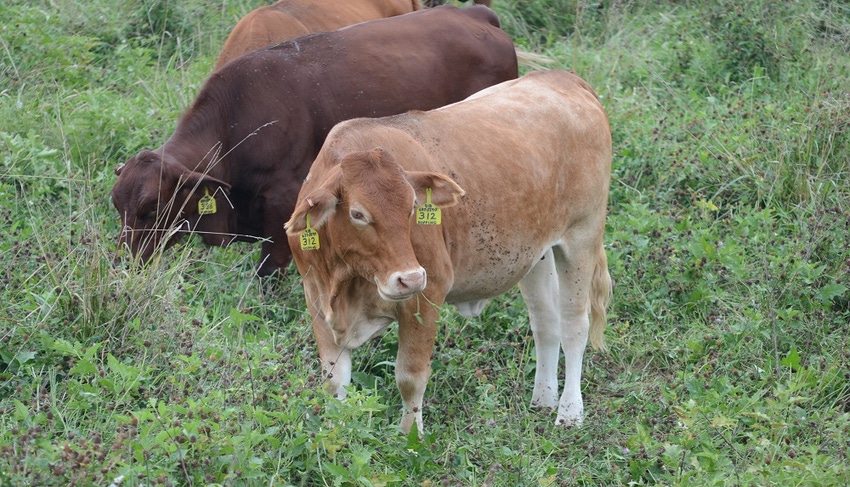
Beauty for me is enough low-cost forage standing in front of the cattle to take them through the winter, and it needs to be there in August and certainly before frost.
Forage quality is dependent on lots of factors which include:
Soil health and mineralization, including calcium.
Moisture and a highly functional water cycle.
Plant biomass and diversity.
Tall, high-energy warm-season grasses, legumes and forbs, and a little brush.
Short-timed grazing by a high-density herd, usually in excess of 70,000 pounds per acre.
Complete plant recovery, especially during the growing season.
Huge amounts of plant diversity at multiple levels (short, medium and tall).
Large numbers of wild workers on the soil surface and below, meaning bugs, bacteria, protozoa, birds and critters of all sorts.
Montana grazier Ray Bannister told me in mid-August that it had gotten dry enough at his place in eastern Montana to have dust blowing up in cattle trails and instituting some respiratory problems in calves and old cows. Walt Davis explains “hoof pan” in his book How Not to Go Broke Ranching. Cattle trails and hoof pan are like most of our problems; they are manmade.
I've found with a little moisture our steers can create a trail in a matter of minutes. South of the Ohio River the ground seldom freezes deep enough to correct the compaction during the winter. Set-stocked cattle and many rotational system grazing programs produce long-term trails and hoof pan. Driving a vehicle across the same ground on a regular basis will give a similar result. Take a look at the plant growth and soil around gates; another reason to go gateless.
The life at the surface and underground can correct the compaction. There are beef producers who manage huge amounts of pasture land that have almost zero cattle trails three to six weeks behind their herd. Plant litter, manure, urine, bugs, earthworms, moles and voles, bacteria and protozoa, fungus, and birds all repair the compaction. The more species we have the merrier. Time of occupation and cattle density, not the weather, are under our control.
Forage quality generally peaks when the plant begins to bloom and starts to make a seed. The energy level is getting close to maximum and the root mass close to climax. With huge amounts of plant diversity, the number of these high-production days we enjoy increase dramatically. High-production days produced nearly free like I'm describing are high-health and high-profitability days. We need them to make every year profitable.
The take-home message is high plant diversity is a result of completely recovered pastures, grazed with high-density herds, which corrects and/or prevents a bunch of problems and expenses.
Planned grazing, properly executed, should yield vastly increased production, profits and health, both now and in the future.
About the Author(s)
You May Also Like






